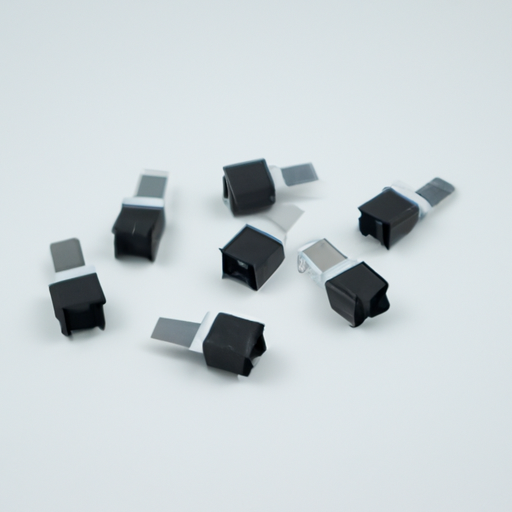Overview of CFR-50JB-52-12K Proximity Sensors
The CFR-50JB-52-12K proximity sensor is a specific model that exemplifies the core functionalities and applications of proximity sensors in automation and control systems. This sensor, like others in its category, operates without physical contact, making it ideal for various industrial applications. Below, we delve deeper into the core functional technologies, relevant articles, and application development cases that highlight the effectiveness of proximity sensors, including the CFR-50JB-52-12K.
Core Functional Technologies
| 1. Inductive Proximity Sensors | |
| 2. Capacitive Proximity Sensors | |
| 3. Photoelectric Sensors | |
| 4. Ultrasonic Proximity Sensors | |
| 5. Magnetic Proximity Sensors | |
| 1. "Understanding Proximity Sensors: Types and Applications" | |
| 2. "Advancements in Proximity Sensor Technology" | |
| 3. "Choosing the Right Proximity Sensor for Your Application" | |
| 4. "The Role of Proximity Sensors in Automation" | |
| 1. Automated Assembly Lines | |
| 2. Smart Packaging Solutions | |
| 3. Robotics and Material Handling | |
| 4. Level Detection in Tanks | |
| 5. Security Systems | |
Articles on Proximity Sensors
Application Development Cases
Conclusion

Proximity sensors, including the CFR-50JB-52-12K, are vital components in the landscape of modern automation and control systems. Their ability to detect the presence or absence of objects without physical contact makes them indispensable across various industries. As technology continues to evolve, the capabilities and applications of proximity sensors are expected to expand, further solidifying their role in enhancing efficiency, safety, and reliability in automation processes. The ongoing advancements in sensor technology will likely lead to even more innovative applications, making proximity sensors a key area of focus for future developments in automation.
Overview of CFR-50JB-52-12K Proximity Sensors
The CFR-50JB-52-12K proximity sensor is a specific model that exemplifies the core functionalities and applications of proximity sensors in automation and control systems. This sensor, like others in its category, operates without physical contact, making it ideal for various industrial applications. Below, we delve deeper into the core functional technologies, relevant articles, and application development cases that highlight the effectiveness of proximity sensors, including the CFR-50JB-52-12K.
Core Functional Technologies
| 1. Inductive Proximity Sensors | |
| 2. Capacitive Proximity Sensors | |
| 3. Photoelectric Sensors | |
| 4. Ultrasonic Proximity Sensors | |
| 5. Magnetic Proximity Sensors | |
| 1. "Understanding Proximity Sensors: Types and Applications" | |
| 2. "Advancements in Proximity Sensor Technology" | |
| 3. "Choosing the Right Proximity Sensor for Your Application" | |
| 4. "The Role of Proximity Sensors in Automation" | |
| 1. Automated Assembly Lines | |
| 2. Smart Packaging Solutions | |
| 3. Robotics and Material Handling | |
| 4. Level Detection in Tanks | |
| 5. Security Systems | |
Articles on Proximity Sensors
Application Development Cases
Conclusion

Proximity sensors, including the CFR-50JB-52-12K, are vital components in the landscape of modern automation and control systems. Their ability to detect the presence or absence of objects without physical contact makes them indispensable across various industries. As technology continues to evolve, the capabilities and applications of proximity sensors are expected to expand, further solidifying their role in enhancing efficiency, safety, and reliability in automation processes. The ongoing advancements in sensor technology will likely lead to even more innovative applications, making proximity sensors a key area of focus for future developments in automation.











